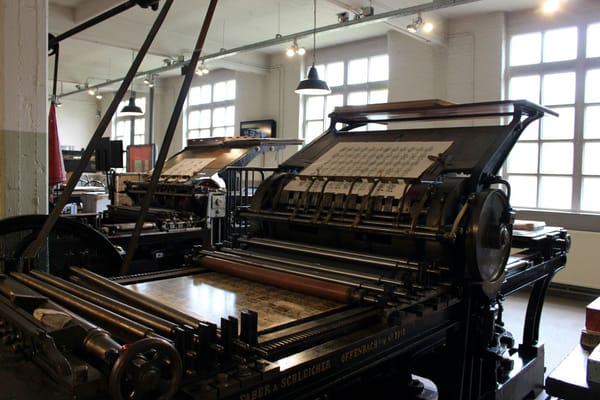The Scientific Method

The scientific method is used to verify whether a hypothesis is true or not. This involves making an observation, then a hypothesis, and developing an experiment, gathering data, and then communicating the results.
The first part of the scientific method is developing an observation about a problem that needs to be solved. You can use your five senses to gather information about the concern. For example, the river near your land sometimes floods and washes salt from a salt mine to your tomatoes. You want to see if the salt affects the plants' growth.
The next part of the scientific method is the hypothesis, which is a testable explanation. For example, the hypothesis can be: “If the water that the plants use has salt in it, then they will grow slower”.
The next part, and one of the most important parts of the scientific method is to test the hypothesis. This is done through controlled experimentation, which means that only one factor is changed. For example, if you want to test if salt makes plants grow slower, you first plant two or more rows of tomatoes. One row you leave with normal water, and the others you use solutions with say, 10, 20, and 30% salt.
The fourth part of the scientific method is collecting and organizing data. This part is where you can say whether your hypothesis is true. Data can be classified into two types, quantitative and qualitative. Quantitative data has to deal with measurements, like the percentage of salt in the water, and qualitative data has to deal with things that cannot easily be measured. For example, if the saltwater had no impact on the plants, you can say that your hypothesis was wrong. You can confirm or refute your hypothesis.
If it is confirmed, you can tell the hypothesis and experiment to other scientists, and they can attempt to repeat your experiment and see if their hypothesis is the same.




